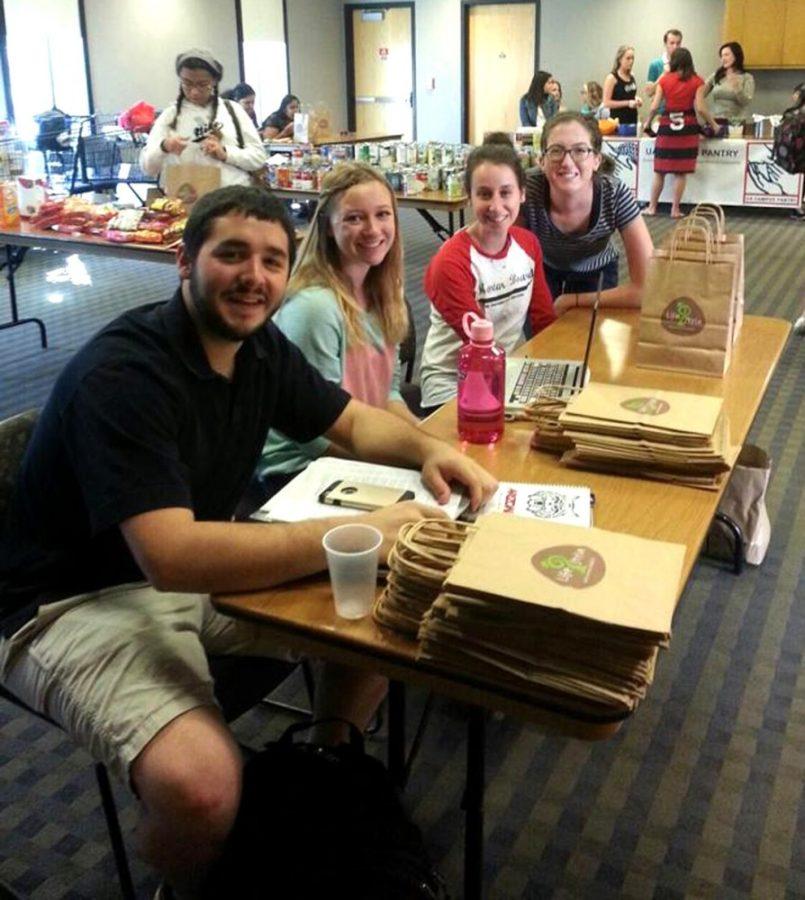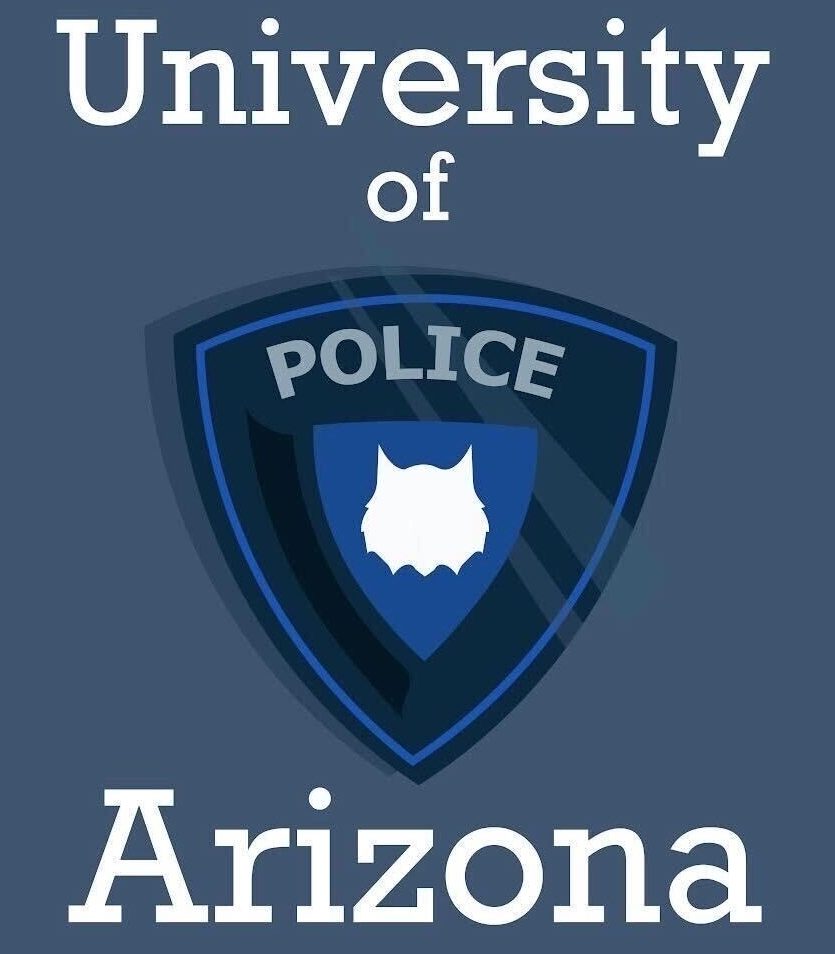In Pima County, 15.4 percent of the population is food insecure, according to 2014 Feeding America data. Roughly one million people use Feeding American food banks in Arizona and, of the adults who use them, 9 percent are either part or full-time students.
That means roughly 66,000 adult students throughout the state need some form of food aid. The UA Campus Pantry is an option for those who are a part of the UA community.
The pantry started in spring of 2012 and is a 501(c) nonprofit that provides food items to UA students in need.
RELATED: Campus Pantry gets a more centralized living space in Student Union
Molly Hansen, communications senior and director of outreach for the pantry, started as an intern four years ago.
She remembers when they used to keep their inventory in a few closets in residence halls, and every other Friday they would use shopping carts to transfer the food to El Portal for distribution.
The pantry moved to the Student Union Memorial Center in March 2016, so they now have refrigeration and shelving.
Marites John, Arizona Student Unions assistant director of marketing, retail development and contract management, said the move occurred after the UA Campus Pantry got in contact with Todd Millay, the interim executive director of the Arizona Student Unions.
“Todd had volunteered there before, so he got together with our executive leadership team,” John said. “We came up with the space and tried to engage our vendors to make donations of fresh fruit, milk and vegetables—things the pantry needs.”
Hansen said between what the Union donates and other community donations, the pantry now has enough food to do a distribution every Friday, though they’re closed on UA holidays.
From noon to 3 p.m., students can go to SUMC and follow signs down to the pantry. There, they only need to show their CatCard to prove they’re students. Hansen stressed that no information is recorded.
“Part of the environment we pride ourselves on is the stigma-free, anonymous environment,” Hansen said. “All we do is weight the food people take so we can know how much we’re giving out.”
The pantry used to serve 30 to 40 people at their old location. Now they serve over 130 people every week, giving out between 800 and 1,000 pounds of food.
“Food insecurity is a very widespread issue,” Hansen said. “Sometimes, people are sending money back home, or they have bills, or children to feed.”
John agreed that the pantry fills an important niche on campus.
“We try to offer food on campus that’s reasonable, equitable and fairly priced, especially compared to off-campus, but there’s definitely a need for the pantry,” John said. “They need more and more donations, which means there are more people who need them as a food option.”
Since the pantry serves so many people, there are some limits to how much students can take. Hansen said those limits make the process more equitable, because half of the people the pantry serve come in the first 45 minutes.
“If we’re cleaned out at 1:30, it’s not fair to the people who have class at noon,” Hansen said. “We’re trying to make it fair.”
Students can typically take five items total but only one milk, one pasta and one cereal, because those items are so popular.
However, wire racks at the back of the room hold food that has expired in the last six months, of which students can take as much as they want. There’s also a ‘freebie’ section of snacks and candy.
Additionally, Hansen said if students bring their own reusable bag, they can take one extra item.
“We’re trying to go as green as possible,” Hansen said. “About half the students bring their own bag.”
Going green is a priority in more than one sense. The pantry focuses on providing as much fresh food as possible.
“We try to promote healthy food,” Hansen said. “It’s one of our biggest goals. A lot of the time students can afford ramen but not strawberries or carrots.”
RELATED: Local places to offer free Thanksgiving dinners this week to Tucson community
Hansen said they’re trying to partner with farms for fresh food donations because how much healthy food the pantry can offer depends on what is donated to them.
Other than fresh foods, hearty meal soups, peanut butter and spices are other highly sought-after items.
“Spices are often overlooked,” Hansen said. “Even just salt and pepper, the students appreciate those. And we’re always out of PB and J. ”
As for the Union’s role, John said they’re excited to continue working with the pantry.
“Everyone was interested and wiling to participate,” John said. “We’re always soliciting donations, and as the panty grows, I’m sure our support will grow at the same speed.”
Donation of nonperishables are accepted at the Information desk at any time. To donate perishables, arrange a drop off time with the pantry.
Follow Marissa Heffernan on Twitter.









